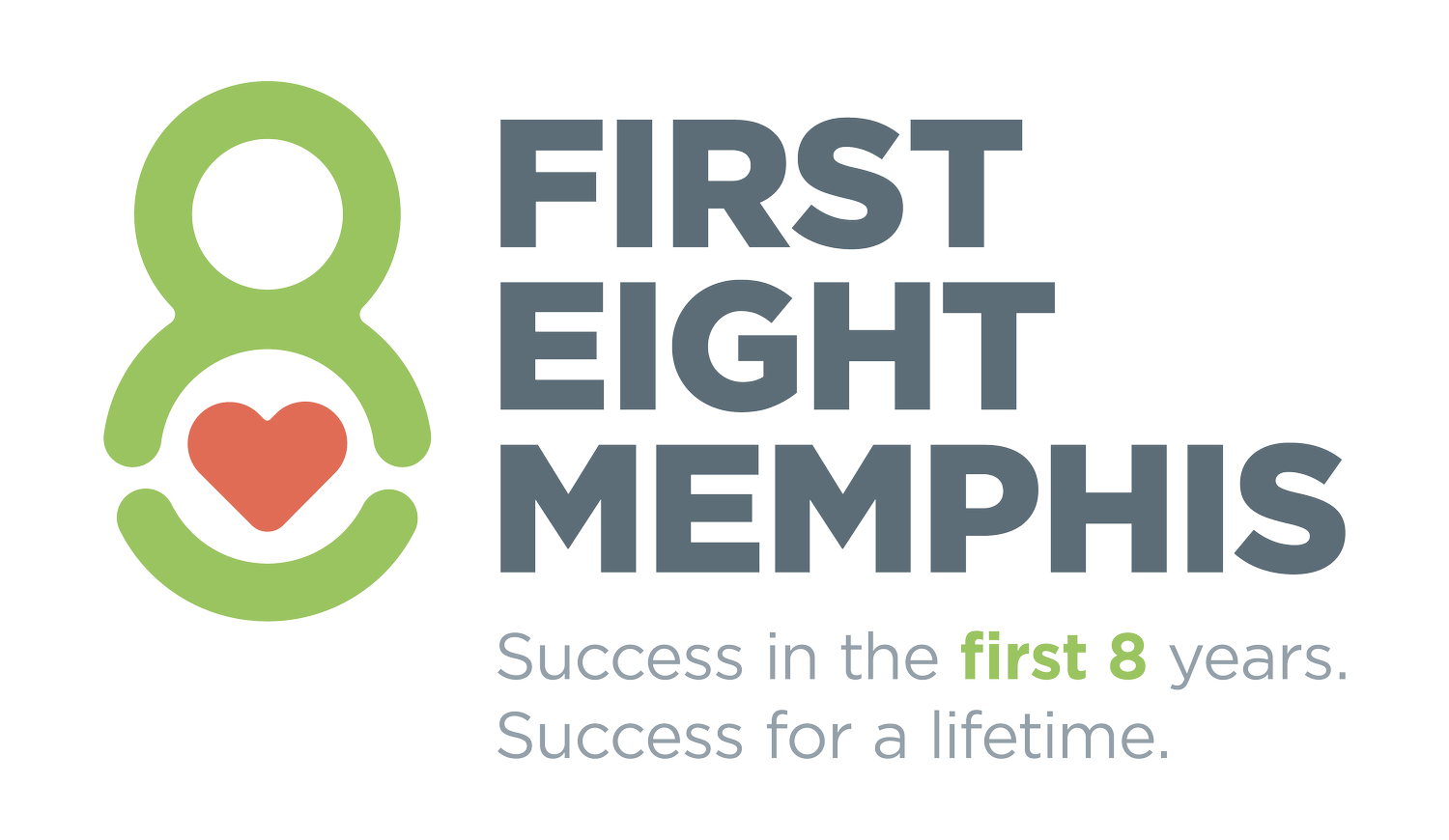“Let’s Attend Pre-K For A Day”
Do you remember your first day of Pre-K or Kindergarten? From learning to write your name to looking forward to nap time, these are some of the earliest foundational skills and memories that children develop. Today, let’s take a trip down memory lane and follow four-year-old Raven through her day in Pre-K. She’ll show you how Pre-K is a big step in her journey towards success.
Raven holds her father’s hand and walks into her school. She’s excited to see her friends and her teacher, Ms. Nelson, who greets her at the door. Confidently she lets go of her dad’s hand and begins her day. Pre-K is a safe and special place where Raven can take risks and explore a new love of learning.
Raven’s made it into the classroom. Her eyes light up with wonder and her imagination begins to run wild! She sees shapes and colors around the room, while her favorite animals are pinned to a bulletin board that stretches along the wall. The alphabet sparkles in neon colors, with each uppercase letter hugging the lowercase. Raven sits down at a large table and waves to her two good friends, Adelaide and Karson.
Social skills are developing as they engage in circle time. Benefit of Pre-K: Interactions with other children and adults develop social skills that help children learn to make friends, cooperate, have conversations, and care for others.
Ms. Nelson leads the class in singing a few familiar classics.
“The wheels on the bus go round and round… the horn on the bus goes *beep, beep, beep,*... the mommy on the bus says “I love you …”
Everyone sits “crisscross applesauce” on the circular rug and listens to stories of language adventures and lessons in counting. “What’s your mommy’s name,” asks Ms. Nelson, “What kind of food is an orange?” “Everyone place your hand on your head, now over your eyes, now your nose!” Raven smiles as she raises her hand and tells her teacher that she loves fruit and how she couldn’t see when her eyes were covered.
Important motor skills and coordination are developed through physical activity and creative, hands-on projects. Hands-on activities give Raven an opportunity to shine her eager creativity. While playing with building blocks, enjoying sensory “touch and feel” time and dramatic play with her friends, she’s strengthening her fine motor skills and hand eye coordination while learning to pay attention, listen, and communicate.
At lunchtime, Raven finishes her lunchable and opens her dessert, three chocolate chip cookies! Adelaide and Karson both ask for a cookie. Hesitant at first, she gives one to Adelaide, one to Karson, and notices she has one more cookie for herself. “One, two,... three!” counts Raven. Decision-making skills are developed by providing opportunities to make choices, which also fosters a sense of responsibility.
Belly full — Raven rubs her eyes… luckily, it’s nap time. She dreams about all the things she’s seen, the lessons she’s learned, and the friends she made along the way.
After nap time, Ms. Nelson helps everyone transition to art time. She gives everyone paper, crayons, paint, craft scissors, and glue to make caterpillars and butterflies. Some people draw with crayons, while others try fingerpainting for the first time. Learning filled with fun, curiosity, and discovery leads to thinking skills that create a life-long love of learning.
As the day’s adventure comes to an end, everyone gathers around the rug, once more. Ms. Nelson sings “see you later alligators,” and Raven and her friends reply “in a while crocodile!” Raven’s grandmother meets her at the door. Before her grandmother could even ask, Raven tells her all about her day. All smiles, she says “I can’t wait for tomorrow!”
Children in nurturing educational environments with wraparound supports during these critical years gain the foundational skills to learn in a classroom and the confidence to navigate life and solve problems.




